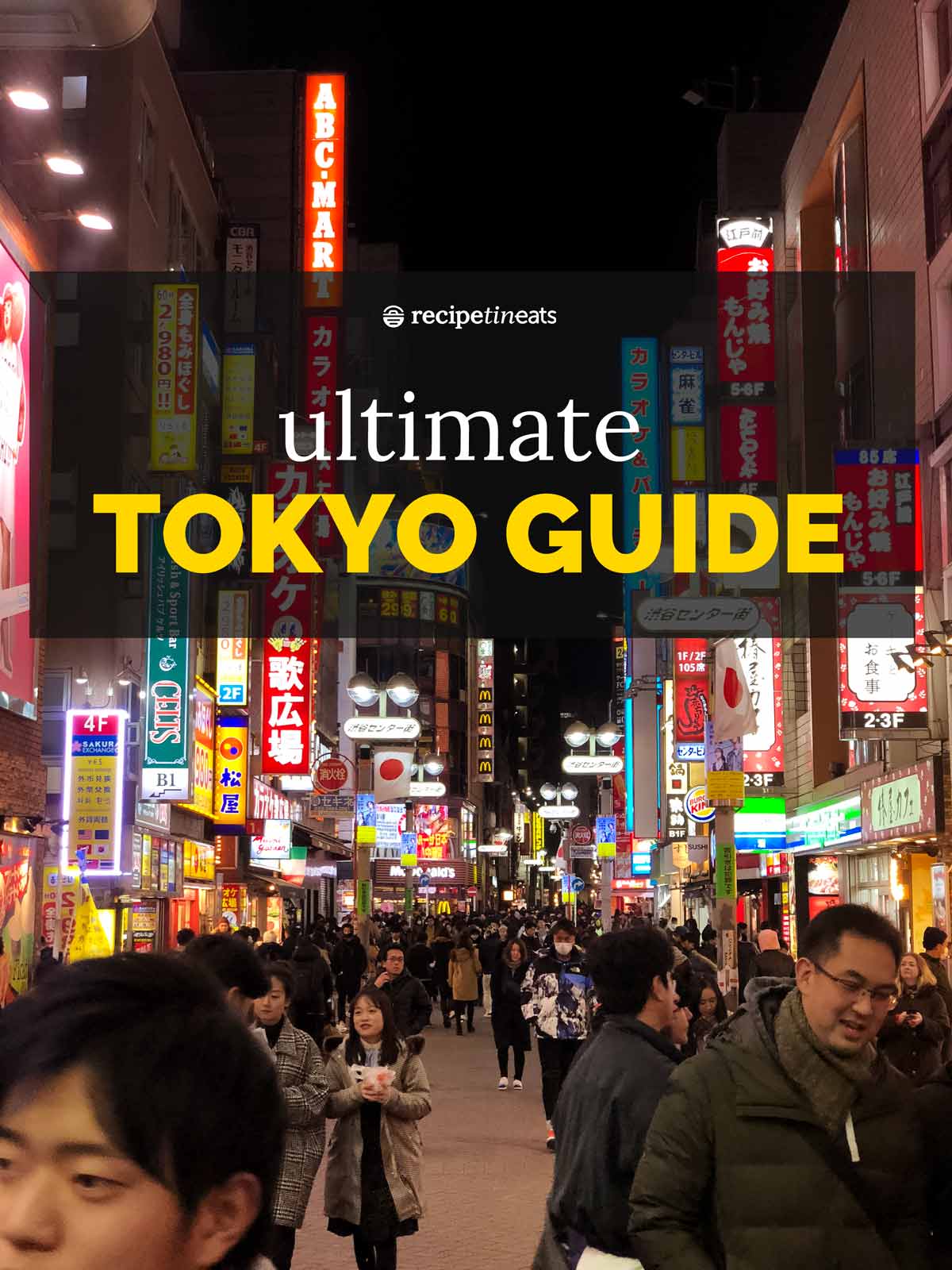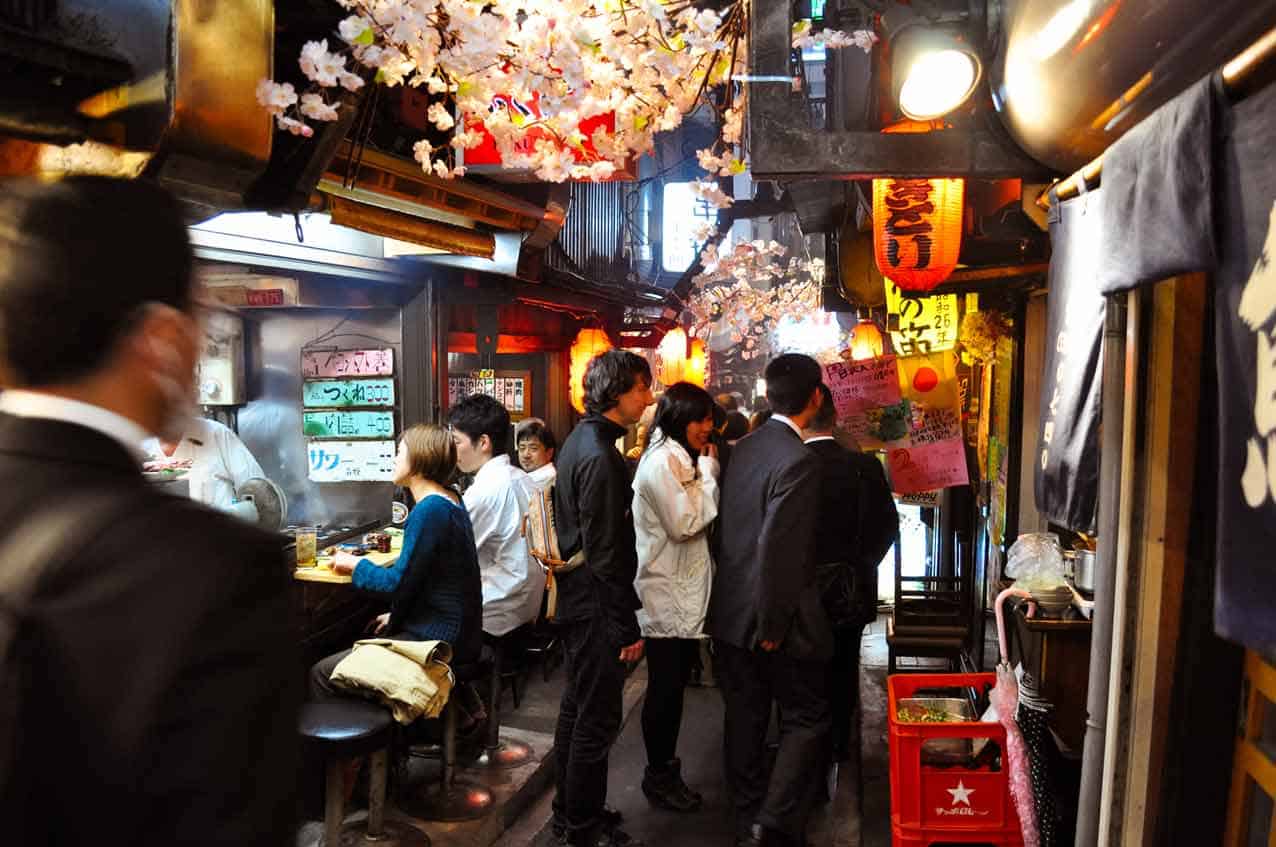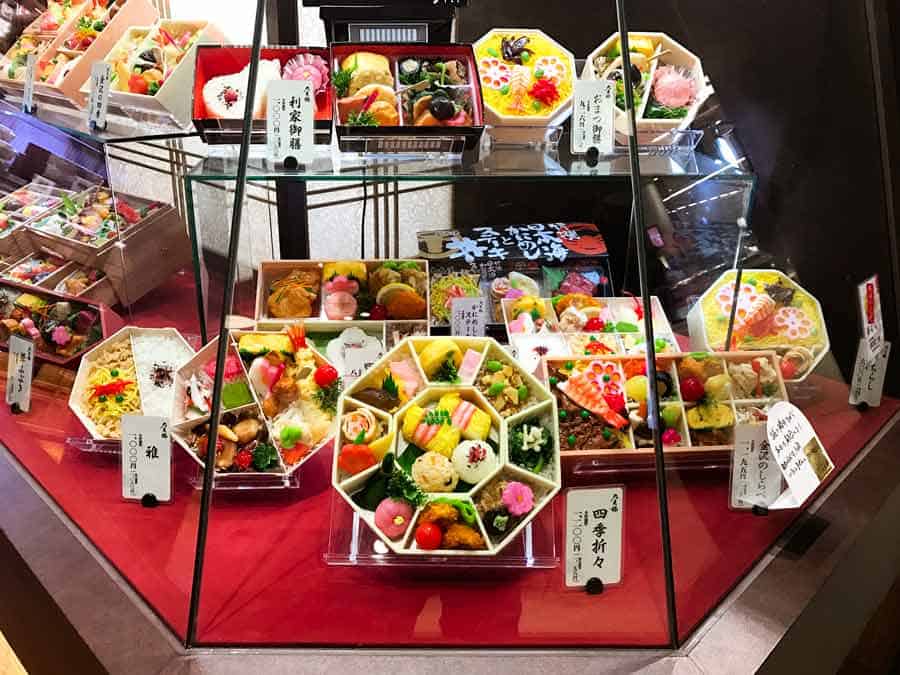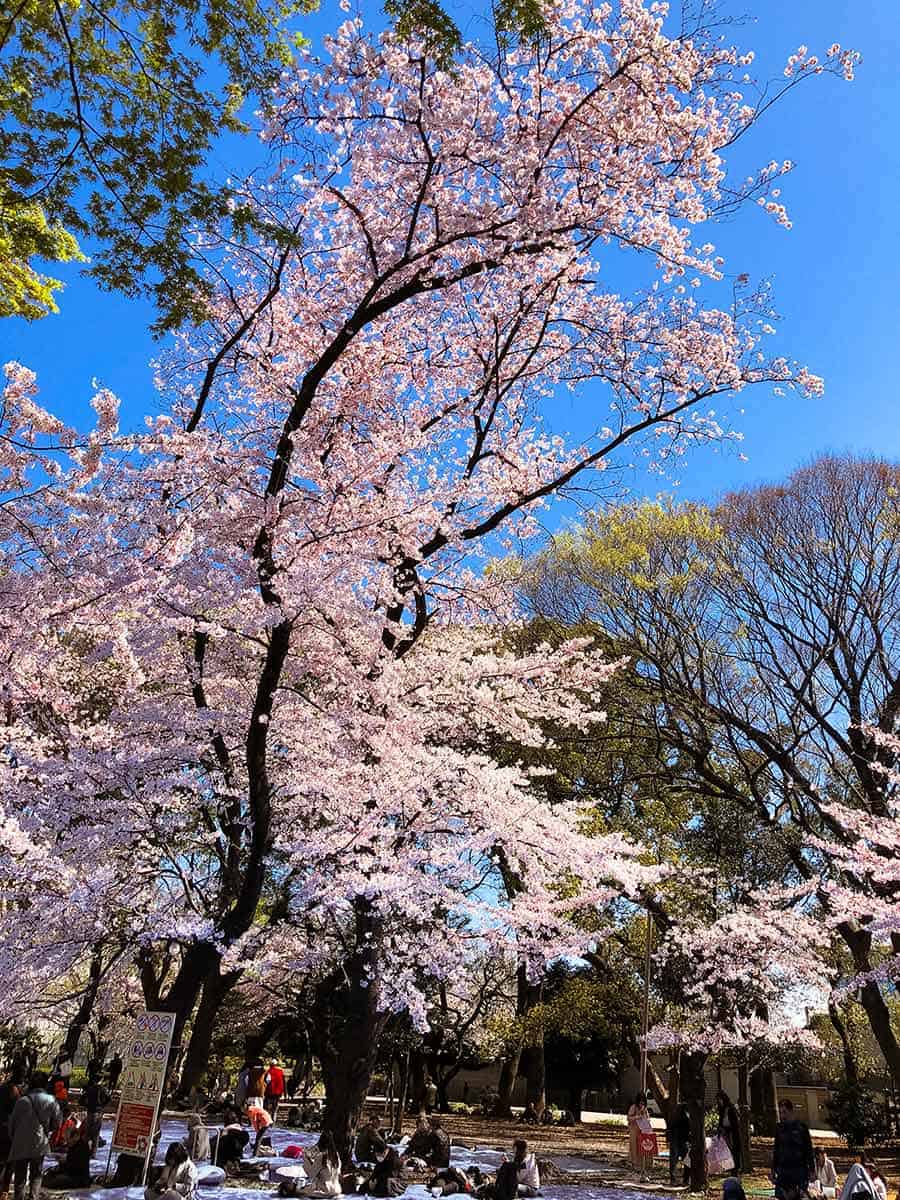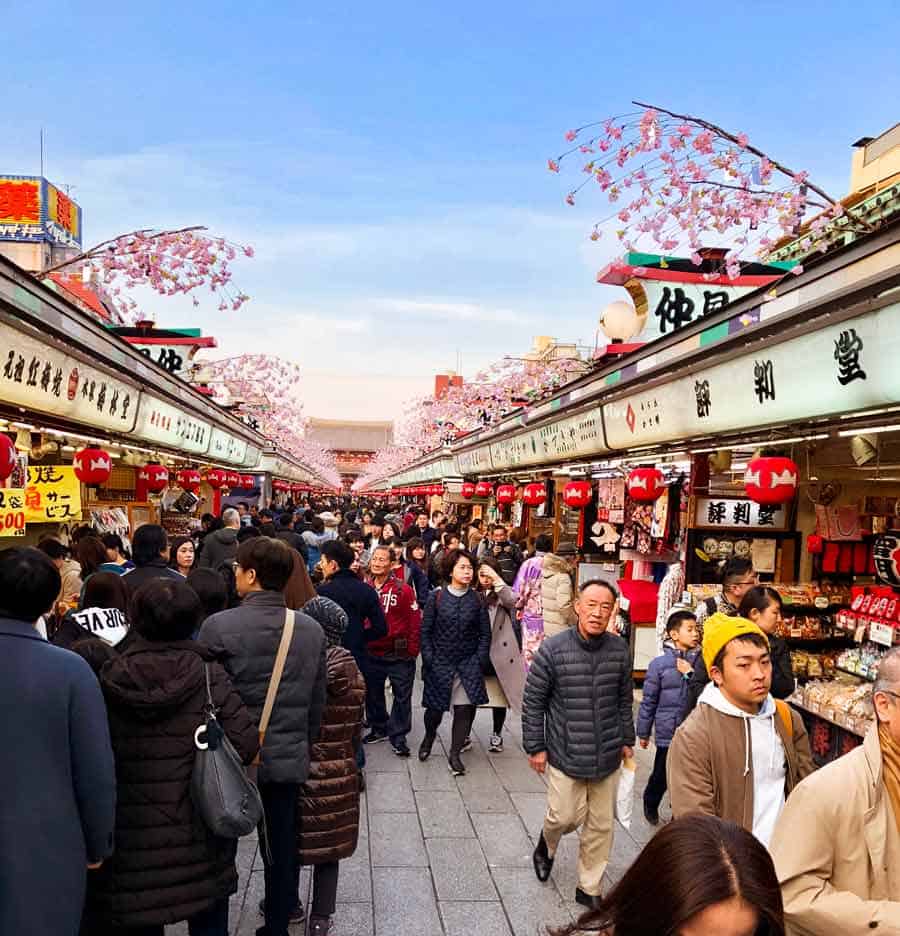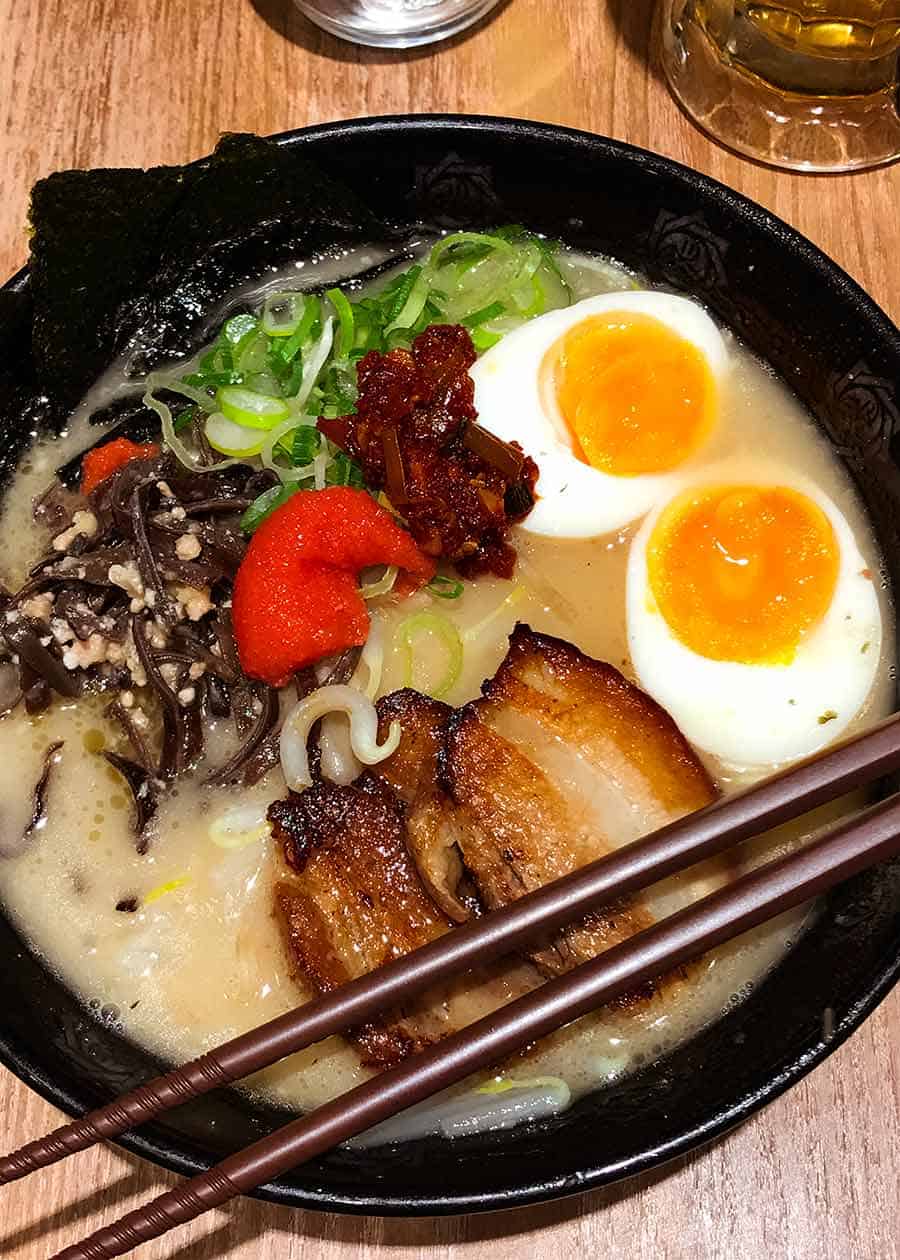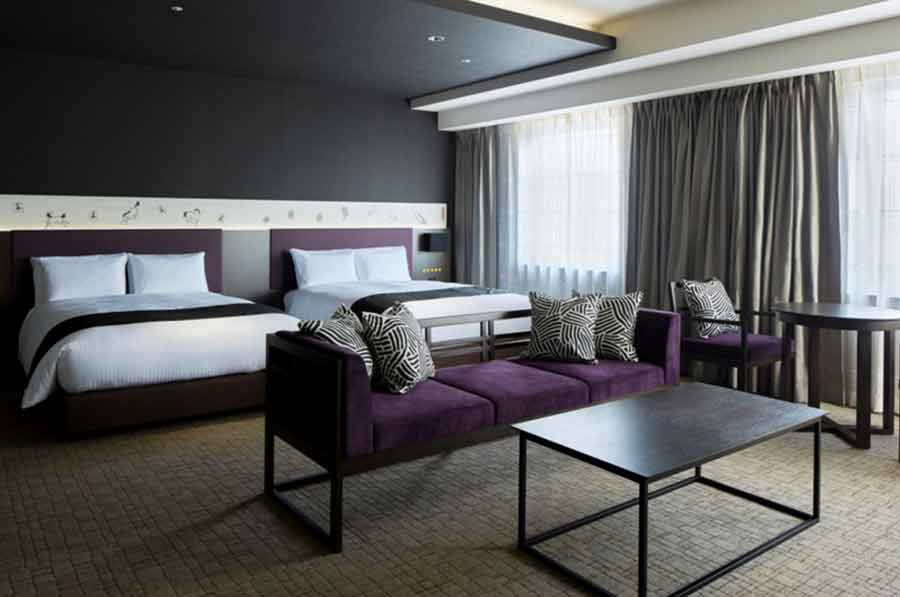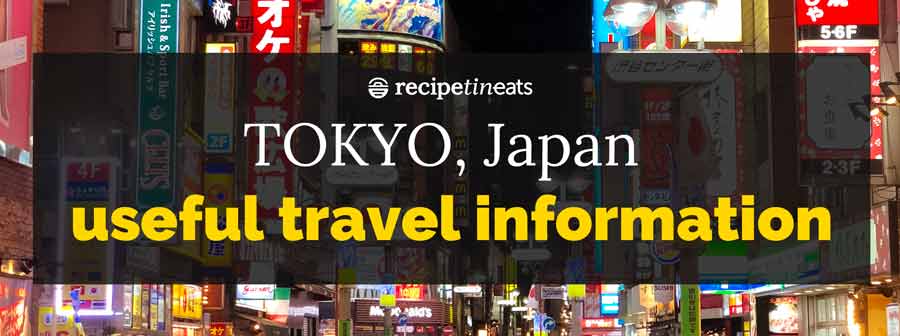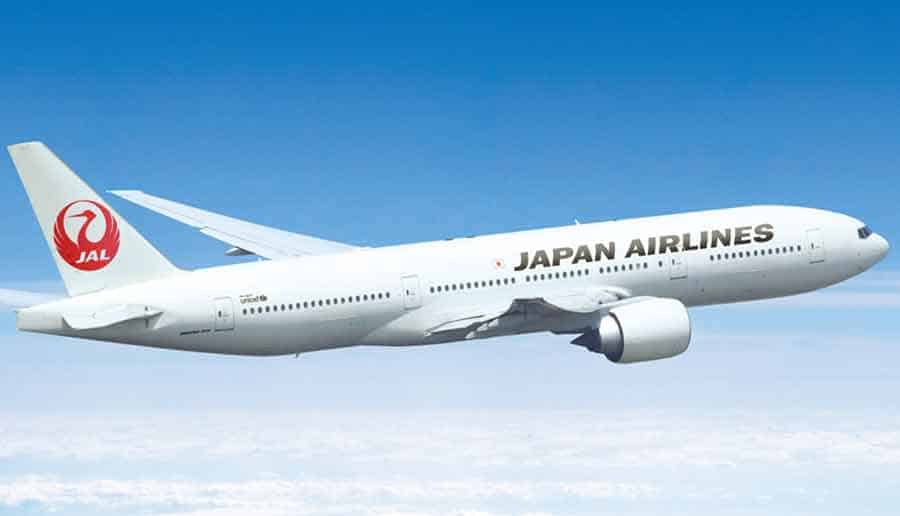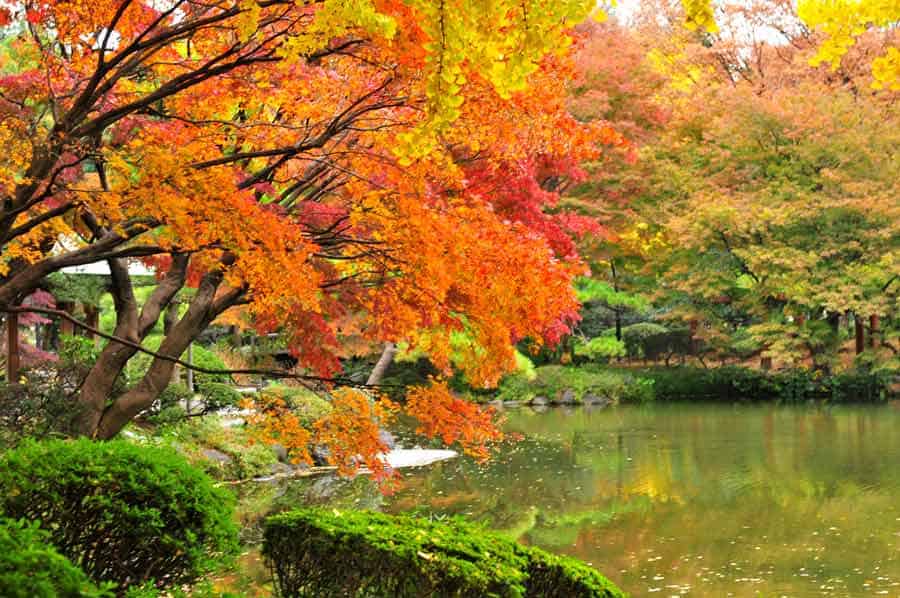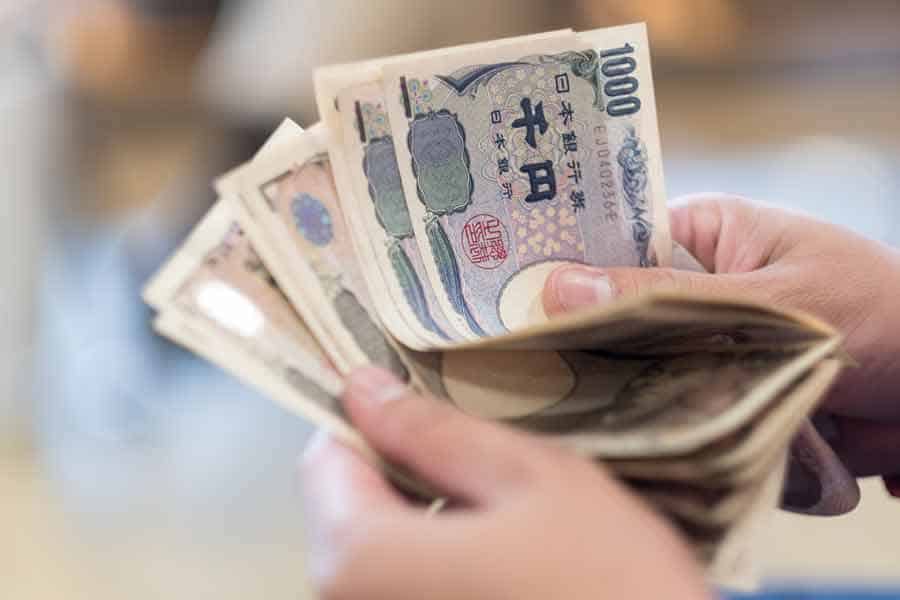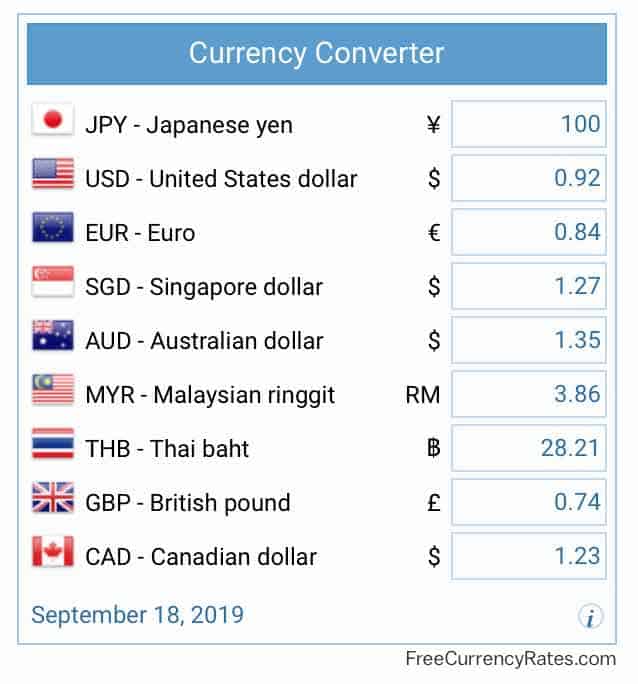Born in Japan, raised in Australia, Sydney is our hometown, but Tokyo is our playground. This travel guide is a culmination of a lifetime of travelling to Tokyo, condensed into one place!
This Tokyo Travel Guide is a collaborative effort by the whole RecipeTin Family. After years – decades(!) – of emailing travel information to friends, we’ve finally documented it properly!
How to use this Tokyo Travel Guide
Questions about travelling to Tokyo? Leave them in the comments below or any of the other Tokyo Travel Guide posts, and either myself or someone else in my family will do our best to help!
Asakusa / Shinjuku / Shibuya / Harajuku / Tokyo Station / Imperial Palace / Ginza / Ueno / Akihabara
About this Tokyo Travel Guide
This is not a 500 page guide book that will take you days to trawl through. It’s not aimless waffle from a one-time-Tokyo visitor. This is a condensed, to-the-point travel guide containing must-know information and insider tips for the best places to go and EAT in Tokyo!! My family moved from Tokyo to Sydney in 1980, but we’ve been visiting Tokyo almost every year. So we know Tokyo very, VERY well…. Essentially, this guide is a structured form of emails we have sent to dozens of friends over the years asking for travel tips and advice! I hope you find it useful! – Nagi x
Why we love Tokyo
We’re totally biased, but here are the top 10 reasons why we love Tokyo- and why you’ll love it too!
What to do in Tokyo
It’s not about finding stuff to do, it’s figuring out WHAT to do – because there’s so many options! Here’s our Top 12 for first time visitors to Tokyo (in no particular order!):
Tokyo Area Guides
Here’s a list of the Area Guides we’ve created, covering the most popular tourist areas in Tokyo. These guides cover: what to do and our favourite places to eat, along with maps!
Asakusa – a touch of traditional with a large shrine and a street filled with colourful stalls Shinjuku – it’s a mini Tokyo… it’s got everything! Shibuya – this is where the young and hip of Tokyo play. Fantastic places to eat and drink, terrific vibe! Harajuku – when you think Japan and crazy fashion, you are thinking of Harajuku. Gotta see it to believe it! Tokyo Station Area & Imperial Palace – beautiful park, enormous underground maze of shops & restaurants to get lost in, including the famous underground Ramen Street Ginza – the glitz and glamour of ritzy Tokyo shopping, with a side of rustic izakayas we love! Ueno – a transport hub, character filled streets and a vibrant market, also home to a large park that is one of the most popular Cherry Blossom viewing spots! Akihabara – Electric Town! Tsukiji Fish Markets – coming soon
Best Food in Tokyo
We’ve put together our Ultimate Top 10 MUST TRY Foods in Tokyo. This is the single hardest post I’ve ever worked on since I started this website – choosing just 10 was near impossible, but after much bickering and squabbling amongst RecipeTin Family members, we finally settled on a list. While you might be familiar with most of the dishes, there might be some that surprise you – so see the full Top 10 Tokyo Food post for more about the food, why it made out Top 10 and most importantly, the best restaurant to go to try them! See the full Top 10 Tokyo Food post for the best place to try these dishes!
MORE FOOD!!
Each Area Guide (see above) also contains a list of the best food to try in that area, along with details of shops to try them at.
TIPS for finding (and ordering) great food in Tokyo:
It’s actually hard to find bad food in Tokyo! If you see lines, that’s always a good sign…… No English on the menus? Order off the plastic displays out the front of the store. Just point! Desperate for something to eat? Head straight to a 7-Eleven. Grab something ready made from the fridge, or something hot from the counter. We kid you not. It’s cheap – and crazy tasty.
Where to Stay in Tokyo
This is the easy to explain advice I give my friends about choosing where to stay in Tokyo:
Great all rounder places to stay – Shinjuku, Shibuya, Asakusa, Ueno (marked * below) are good all-rounder places to stay, in that there’s a great street vibe, plenty of places to eat, drink and shop with lots of people out and about. I’d happily stay in any of those places! Night life – Stay in Shinjuku or Shibuya if you want to get out and experience the night life of Tokyo; Culture, a little more old-school Tokyo character – Asakusa or Ueno; 1 night in Tokyo – Ueno is our location of choice if we’re just staying for 1 night, enroute to somewhere else (it’s a transport hub, but worth visiting anyway!); and Luxury shopping – Ginza (our pockets aren’t deep enough so this is not for us 😂)
Choosing an area to stay
Broadly speaking, the main areas you will want to visit are located as follows:
West side of Tokyo – Shinjuku*, Shibuya* and Harajuku North East side of Tokyo – Asakusa*, Ueno* Central – Tokyo Station, Imperial Palace, Ginza, Akihabara
If you have specific things you want to spend more time at, or scheduled events, then stay near those areas. If you don’t have specific places you want or need to be, my advice is to not get too hung up about where to stay! Remember, it is really easy to get around Tokyo by train. To give things a bit of context, Shinjuku and Asakusa are the two points farthest apart, and it takes 40 minutes by train. so don’t get too hung about where to stay!
Finding a Hotel
In terms of exactly which hotel to stay at, we aren’t loyal to any hotel. We use Booking.com or Hotels.com, we go by price and rating (always looking for discounts!), and scan the reviews. Tokyo is such a dense city, and especially the suburbs covered in this travel guide, any hotel you stay at is going to have plenty of things to do, see and eat within walking distance. It’s also the reason we’ve specifically excluded some suburbs (like Tokyo Station, Maranouchi) from our recommended places to stay – because it requires a bit more research and judgement for choosing a hotel to ensure you don’t end up staying in (for example) a business district which lacks character.
Getting Around Tokyo
Best way – by train. An extensive network and the service is the best in the world. Punctual, clean, and you can get anywhere you need to go! Buses and taxis are also an option, but traffic is heavy and language barrier slightly more difficult Taxis are clean, the service is meticulous and relatively good value (cheaper than Sydney, that’s for sure!). Communicate by showing the driver the address of where you want to go.
Easiest way to use Tokyo Trains & Subways
The two major train / subway lines in Tokyo are:
Tokyo Metro (subway) – click for downloadable map Japan Rail – click for downloadable Japan Rail maps
Though these maps are useful to get a lay of the land, the best way to figure out which trains to catch in Tokyo is to use Google Maps. This is because the Tokyo train and subway networks are owned by several operators, which means there is no single source through which you can see which trains to take to get from A to B. As of the date of writing, we are not aware of any app or similar (including from official Japanese tourism and transport organisations) that gives clear, simple and accurate results as Google Maps. Trust us. Google maps is the easiest and most accurate!
How to use Google Maps to figure out what Tokyo Trains to catch
Open Google Maps on your computer or mobile phone Type in your starting address and where you want to get to Hit enter, then when the results come up, select the train icon and it will display what lines to catch
Example: I typed in “Asakusa to Shinjuku”, clicked on the train icon and it tells me exactly where I need to walk and what lines to catch (indicated with colour coding).
Travelling to Tokyo: The practical stuff
I know travel practicalities isn’t as exciting as things to do and EAT in Tokyo, but I get a lot of questions about these things so I though it would be useful to share some of the key information!
How to get to Tokyo from the airport
You will fly into one of two international airports – Narita (1 hr from Tokyo by train) or Haneda airport (30 minutes to Tokyo). Catch the train/monorail into Tokyo – just follow the signs (it’s easy). More information for getting from the airport into Tokyo: here for Haneda and here for Narita.
Language / English
The primary language in Japan is Japanese. Some shop assistants and waitresses in tourist areas may speak some English, but don’t assume they will. However, it is very easy to travel around the main tourist areas of Tokyo, with signs in both Japanese and English on transport (airport, trains, buses), in many stores and on menus. Trust me, you’ll be fine! (PS I can’t read or write Japanese….and am not that good at speaking it😔, and I get around just fine)
Best time to go to Tokyo
Tokyo is great to visit in Spring, Autumn and Winter, for varying reasons:
Spring (Mar – May) – for cherry blossom season. Enjoy the festivities and the mild weather (not too cool, not too warm!) Autumn (Sep – Nov) – the spectacular red and orange colours of Tokyo in autumn is a sight to see! Again, mild weather. Winter (Dec – Feb) – for New Years’ festivities (the most important holiday of the year) and to enjoy nearby ski fields for powder snow! It’s cold, but it rarely snows in Tokyo.
We choose to avoid summer simply because it’s so hot and humid! Tokyo is a concrete jungle and even long after the sun sets, the heat from the buildings makes it feel like you’re baking in an oven!!
Mobile phones
In previous years, it was not possible to use international mobile phones in Japan due to differing technologies. Nowadays, it is possible and mobile phone service providers offer International roaming services (ie use your mobile phone in Japan without changing your SIM card). I’m in Australia on the Vodafone network and for an extra $5 per day, I can use the plan I’m on here in Japan – this includes calls, texts and internet data. For convenience, I use this. Other options include renting a mobile and/or getting a Japanese SIM card – see here for more information
Internet
As noted above, my global roaming plan allows me to use data in Japan which means I can use the internet on my phone in Japan, just like I do in Australia. However, if you prefer not to use data (which can be expensive if on a pay-as-you-use basis!), most cafes, restaurants and public areas (eg airport, monorail from Haneda airport to Tokyo) have free wifi. An alternative is to rent a mobile personal wifi (pocket wifi) to which you can connect your phone wirelessly. This is what we used to do until reasonably priced global roaming plans became available in Australia. See here for more information about renting pocket wifis.
Safety – Is Japan safe?
Tokyo has been rated as the safest city in the world for the 3rd year in a row. For a city of this size to have virtually no crime is astonishing! It is so safe in Tokyo, you can walk around anywhere even at night, by yourself. We honestly can’t think of any no-go zones, though obviously we recommend you exercise reasonable caution and avoid things like walking in dark parks by yourself at 2 am in the morning!
Japanese currency
The Japanese currency is YEN. Here is the current exchange rate for some currencies:
How to get cash in Tokyo
Most ATM machines in Tokyo do not allow foreign issued cards to withdraw cash. But you can get cash out at:
ATM machines in most 7-Eleven convenience stores which are literally everywhere across Tokyo ATM machines in Post offices
Credit cards are accepted in large stores but smaller stores and markets prefer or require cash.
Is Japan Expensive?
I love this question – I get asked it a lot! My answer is this: Tokyo accommodation is pricey but food is cheap!
Cost of Accommodation in Tokyo
Accommodation in the main touristy areas in good locations is quite pricey, just like other major cities of the world like New York, London and Paris. Very (very!) small hotel rooms starting at around $130 per night. For a decent size hotel room in a 4 star hotel in a good location (eg near Tokyo Station), expect to pay around $300 – $350 per night. You can get much better value accommodation for around $100 per night, but it won’t be right near the station for one of the main tourist areas. But that doesn’t matter! Because trains are SO GOOD in Tokyo!
Food is CHEAP!!
Sure there’s the top end fine dining in Tokyo, but you can also get really CHEAP meals. You could eat 3 really delicious, properJapanese meals and have a couple of beers for $20 a day. If you knew were to go, you could probably get away with around $12 a day…. Curious to know what you’d get for that? 🙂
Electricity and power plugs
The voltage in Japan is 100 volts which is different to most countries in the world. However modern electrical devices you’ll be travelling with are designed to handle a range of voltages so you should have no issue. However it’s best to always check your device or power pack. The Japanese plug and power sockets type is the same as the United States, ie. two flat prongs. Visitors from the US can use their plugs as-is in Japanese sockets. If your country doesn’t use this style of plug, you will need an adapter. If you forget to pick one up before you leave home, you can buy one easily in Tokyo. Try one the larger electronics retailers such as Yodobashi Camera, Yamada Denki or Bic Camera, who have branches around the city.
Visas
Citizens of any of the 50 countries listed here do not need a visa to enter Japan as a tourist for short stays (usually up to 90 days). This includes: Australia, NZ, US, Canada, UK. If you do need a visa, contact the Embassy or Consulate General of Japan in your country to find out the visa requirements. Phew! That’s it for now. No doubt I’ve forgotten some things – so if you’ve got any questions, leave them below and we can keep building on this guide based on what you want to know! For those of you lucky enough to be planning a trip to Japan, I hope you enjoy your time there and love it as much as we do! And if you aren’t – don’t worry! You can still bring the taste of Japan into your own home using my mother’s authentic Japanese home cooking recipes on her website, RecipeTin Japan. Have a browse of her Popular Recipes collection which is filled with all your favourites, from Teriyaki Chicken to Tonkatsu and Ramen! – Nagi x
Questions about travelling to Tokyo?
Leave them in the comments section below, and either myself or someone in the RecipeTin Family will try to help you out!
Life of Dozer
It might not be a recipe today, but that’s no excuse to leave Dozer out! Here he is in a little outfit I brought back from Japan last year…👘 I think all that polyester is making him HOT!!! 😂
